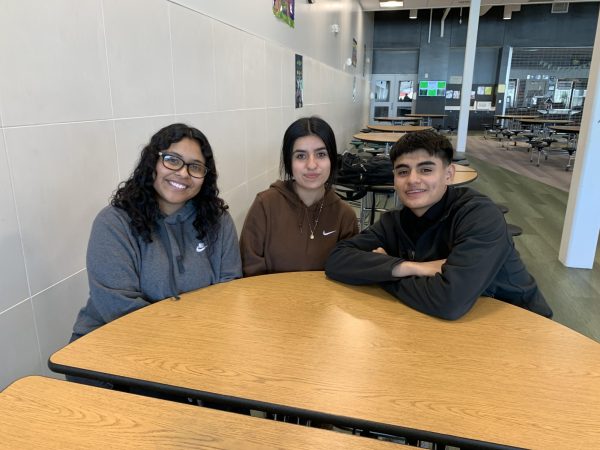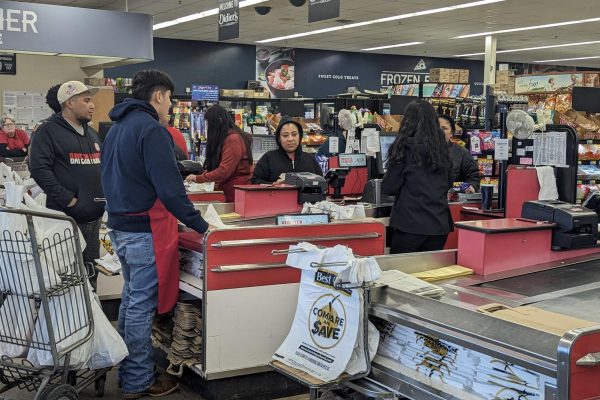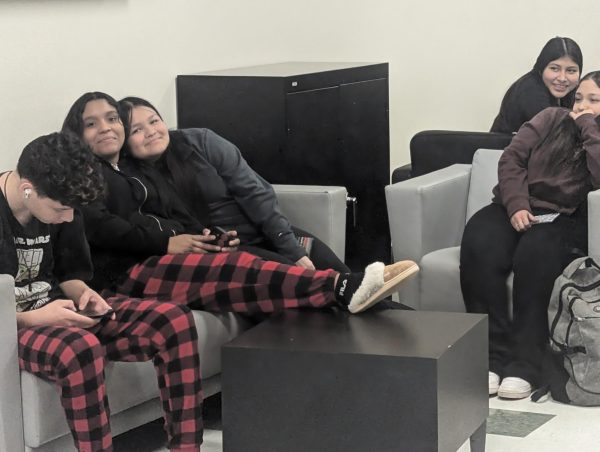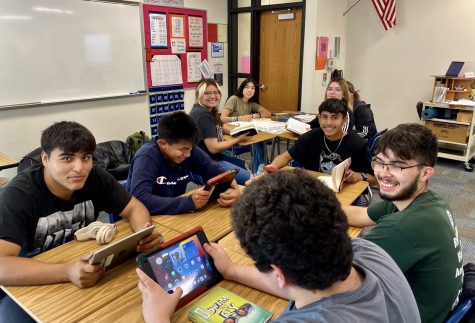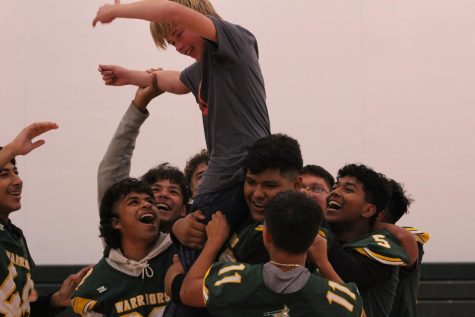Young Behind the Wheels
Photo Credit: Caitlin Kronberg
Students rush to their cars after a long school day.
Earning a license is a major milestone in any teenager’s life. Finally, you don’t have to rely on your parents or upperclassmen to be your unpaid Uber drivers. Driving unlocks a whole new realm of possibilities. I invite you to join me up in the front seat as I take you down on a quick drive through the world of beginner drivers.
Getting a license is the first step, of course. I was able to get my learner’s permit at age fifteen since I live outside of city the limits. My parents taught me to drive on the empty gravel roads. Non-drivers typically have one of two views: they’re so excited to drive that they beg to get behind the wheel at every opportunity, or they don’t care. I was the latter. It’s not that I didn’t want to drive, it’s just that I didn’t see what was so bad about letting my parents drive me around. The thought of messing up terrified me. It still does. Now that I’ve been driving for a couple years, the anxiety has mostly faded. Driving is very convenient. If I want a muffin for breakfast, I can make the executive decision to pull over before school. No one can stand between me and my muffin when I’m the one driving.
Learning the rules of the road takes practice and memorization. Green means go and red means stop. It seems simple at first, but when you’re suddenly barreling down a four lane highway at 75 miles per hour, knowing the rules becomes pretty important. Respect stop signs, alright? That’s one of the most shallow mistakes you can make, and it can lead to some deep consequences. Seatbelts are also extremely important, but if you didn’t already know that, then you’re obviously not old enough to read, either. One of the things I struggle with the most is knowing when to put my blinker on. I usually do it way too early. The timing depends on the speed limit and who is barreling down behind you. The blinker comes on way before I start to slow when there is a semi truck riding my bumper. By contrast, on a calm Sunday morning, I may not turn my blinker on until half a block before my turn in the low speeds of the business district.
After becoming a reasonably capable driver, you will then enter into what I like to call the “Uber Phase”. Parents, younger siblings, older siblings, and all your friends will be begging you for rides whenever it’s convenient. Convenient for them, I might add. Sure, it’s fun to cruise around with all your friends, but it hurts a little when you’re the one paying for gasoline. This phase is usually a lifelong commitment as you grow up and have your own kids. You only exit this phase when you’re too senile to drive without the risk of running into every single mailbox in the neighborhood.
Now, teenagers don’t always make the best decisions. Our brains tend to run out of judgment juice, if you get what I mean. Learning happens by making mistakes, right? I’m gonna have to out my dad on this one. He crashed his older sister’s car into a pole once when they were teenagers. She was blamed for it. It was a sign of brotherly love. Eating, texting, and screaming your lungs out to a song on the radio might not be a good idea. Beginner drivers especially need to keep their attention on the road. Even experts can make a mistake if they lose focus. That snapchat notification can wait.
Teenagers are typically just beginning to learn what being an adult is like. Driving opens up the world and makes it seem so much bigger. The learning process can be a little hectic, but almost all human beings need to drive at some point. Buckle up, because driving is one skill that you can’t leave at the curb.
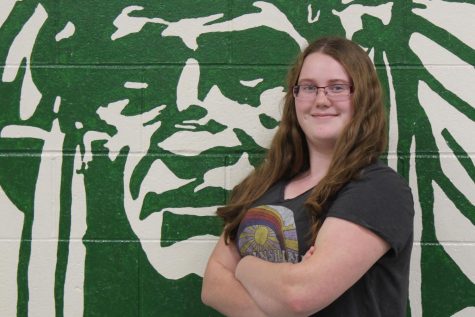
As a Junior, Caitlin Kronberg is a first-time Staff Reporter for Warrior News. Her main interests are reading and competing for the Speech and One Act...




